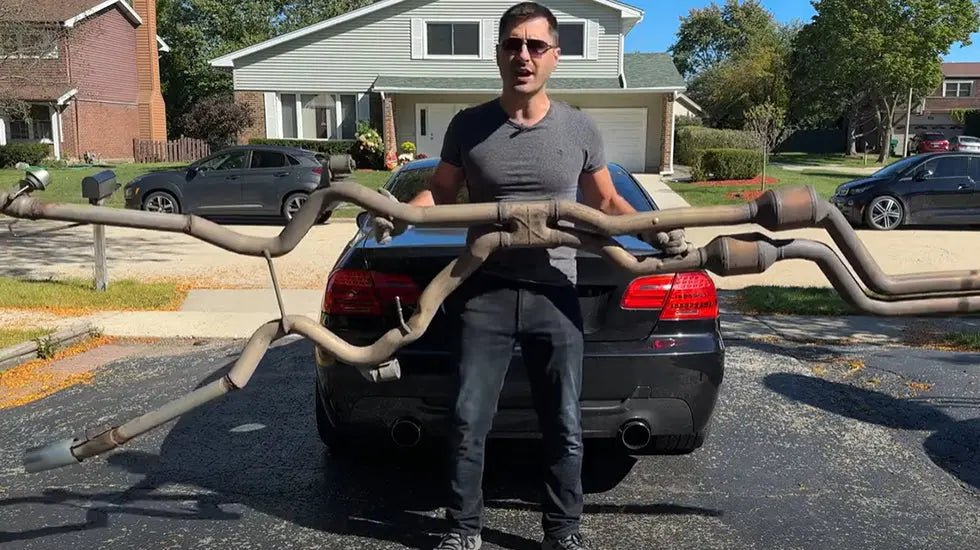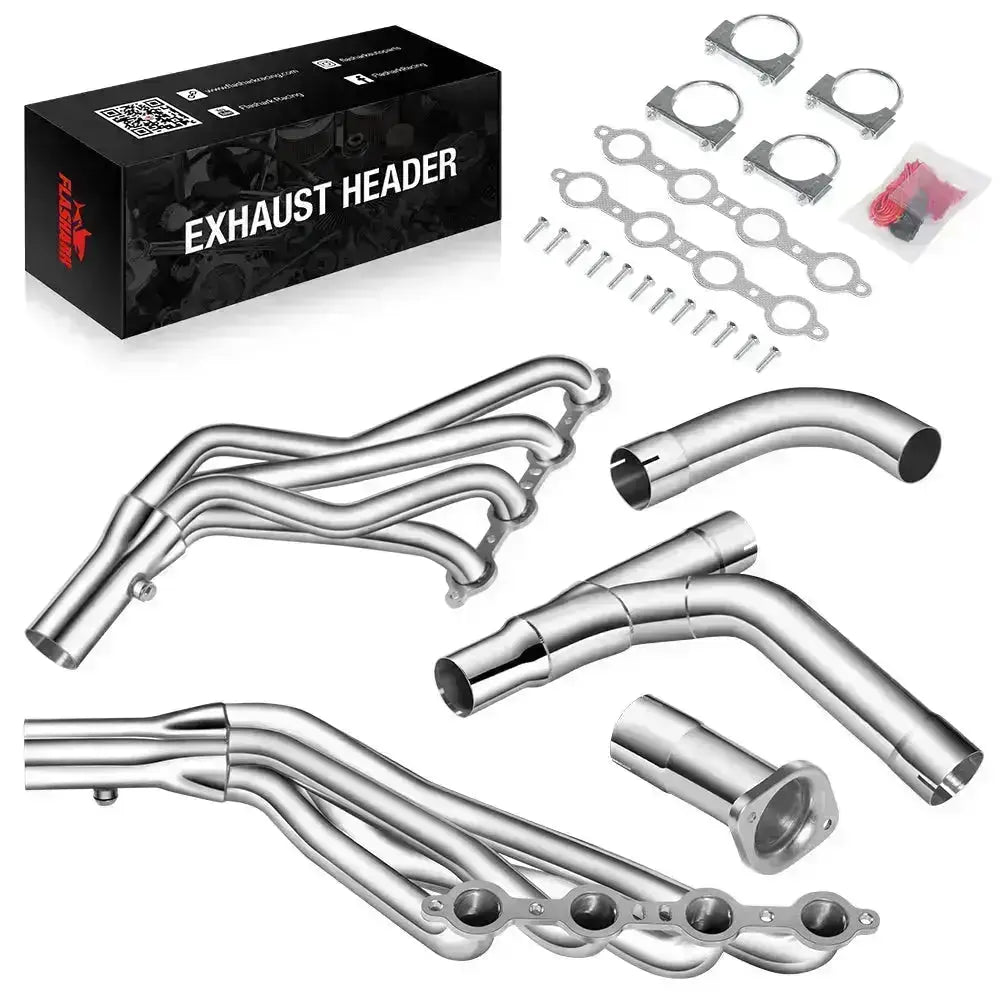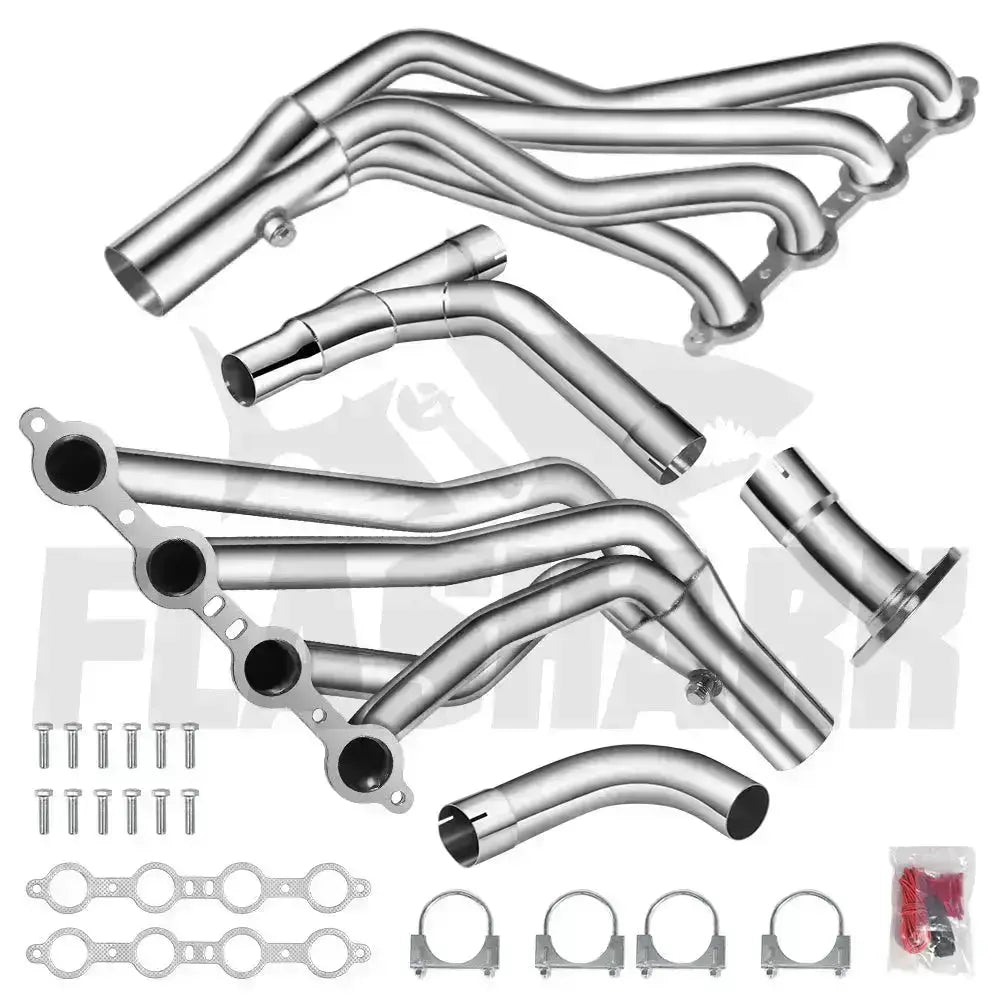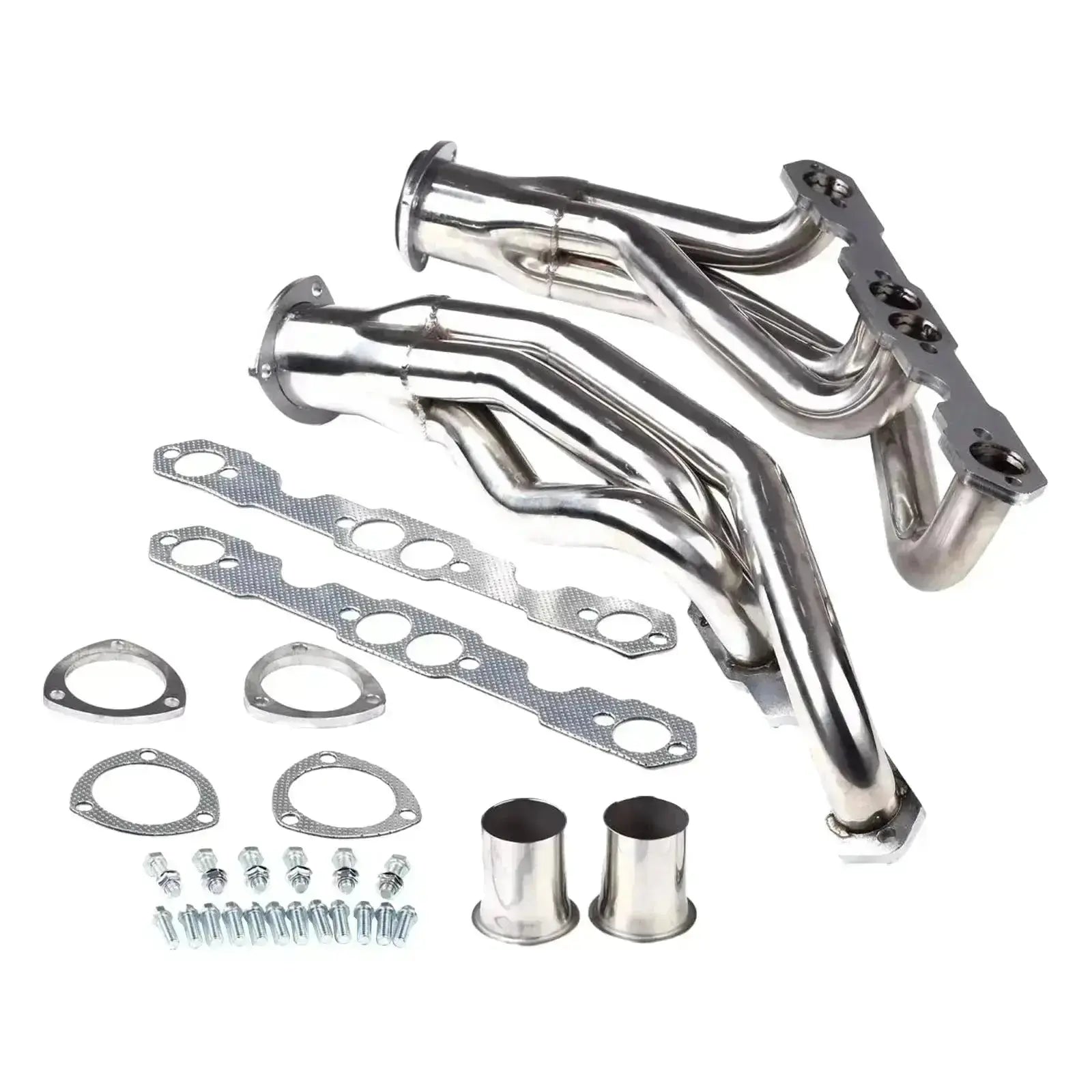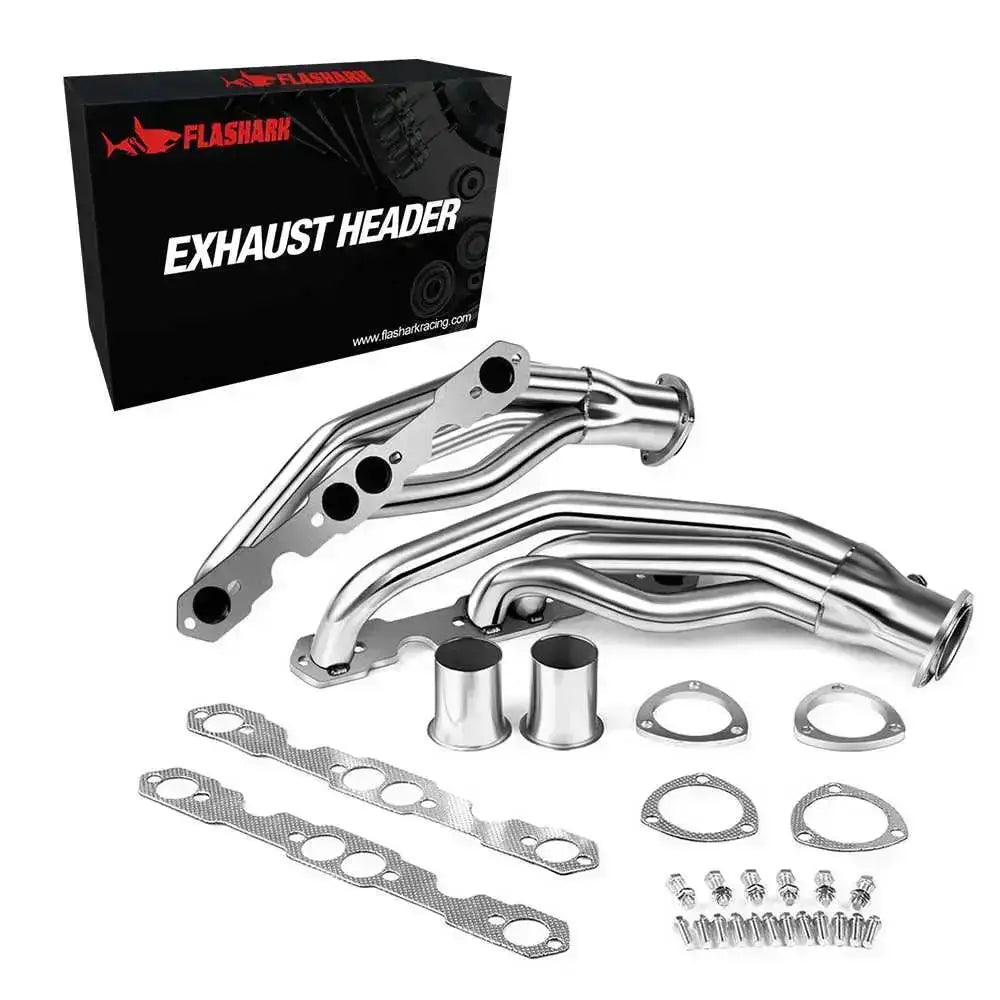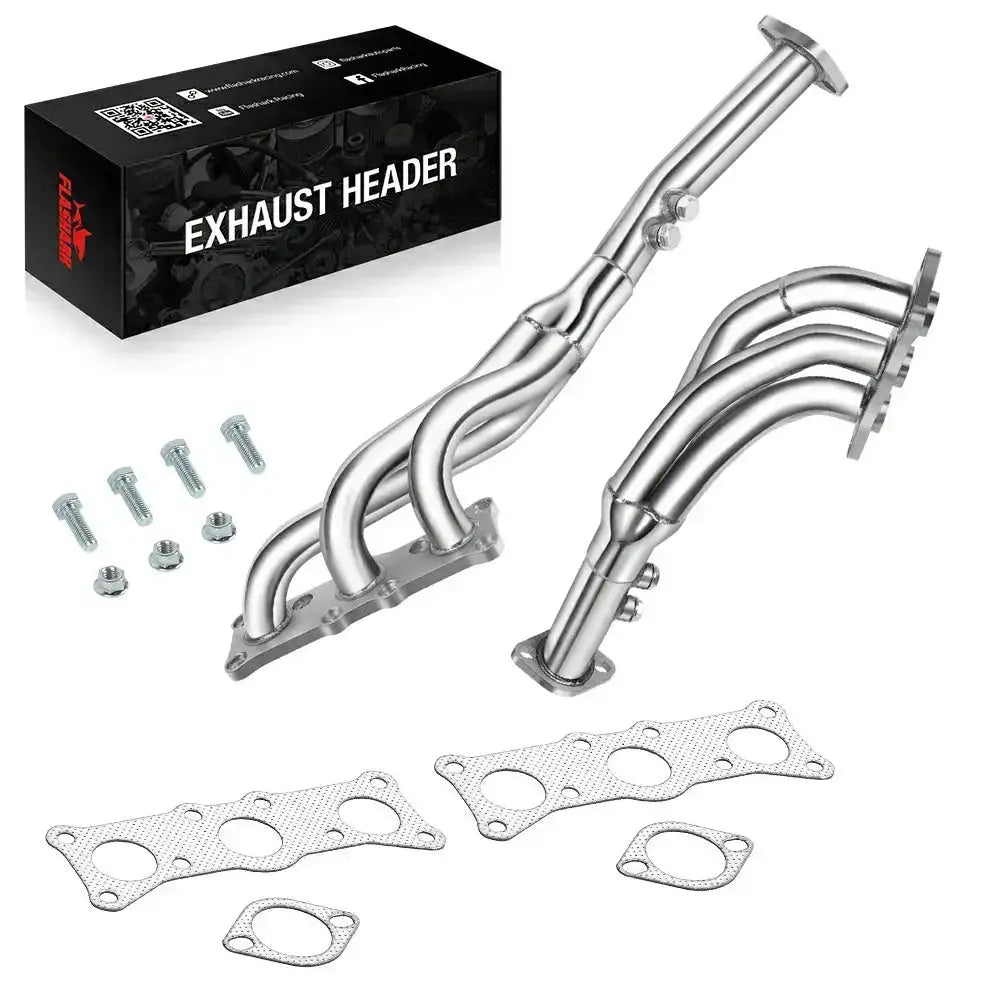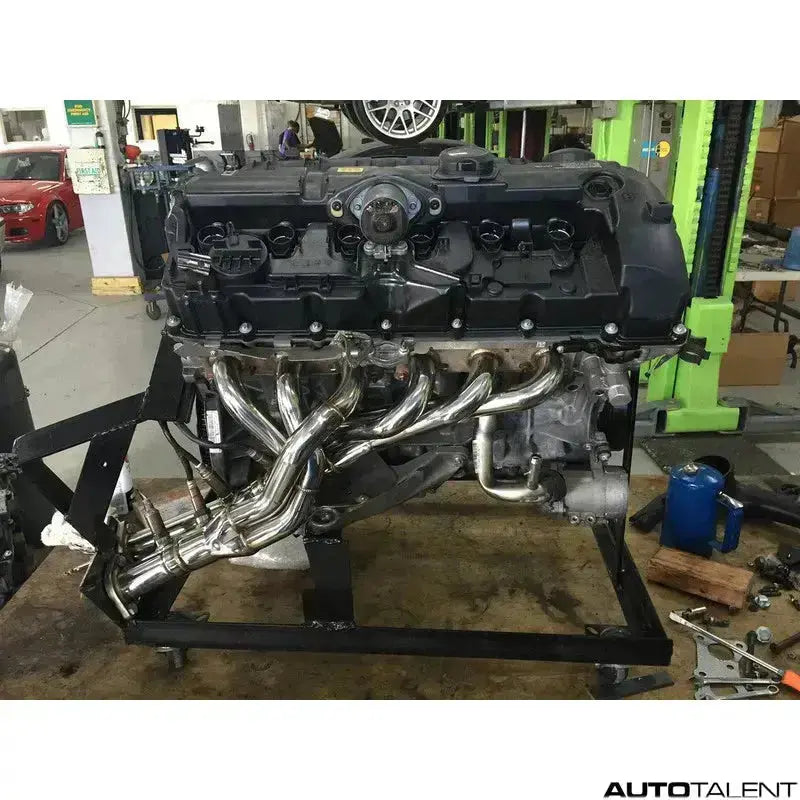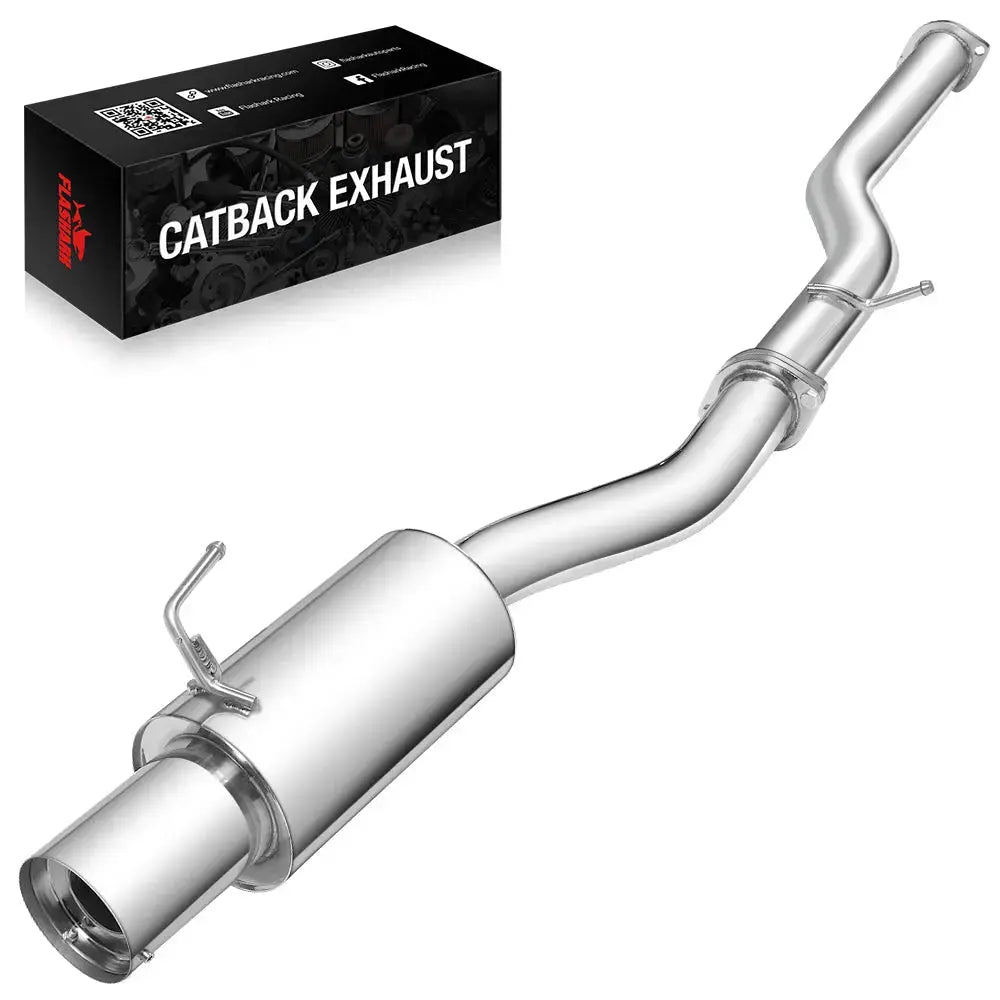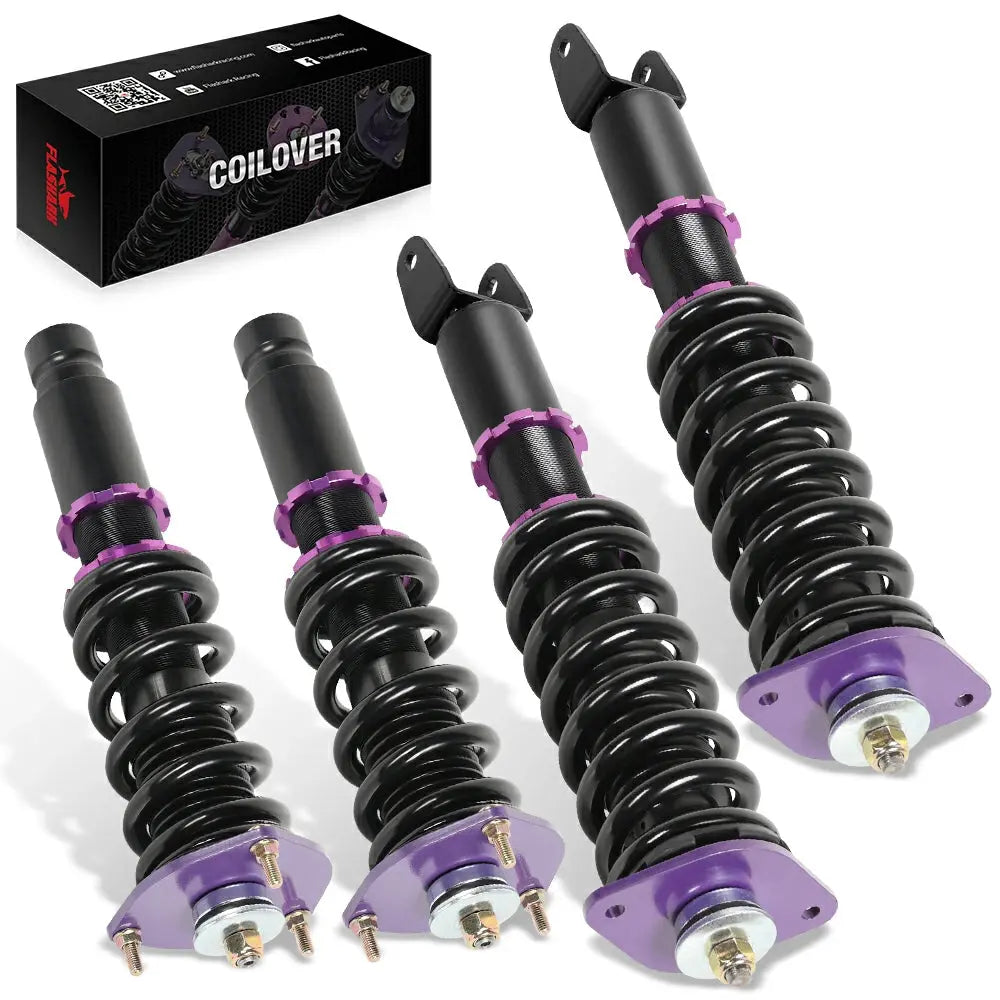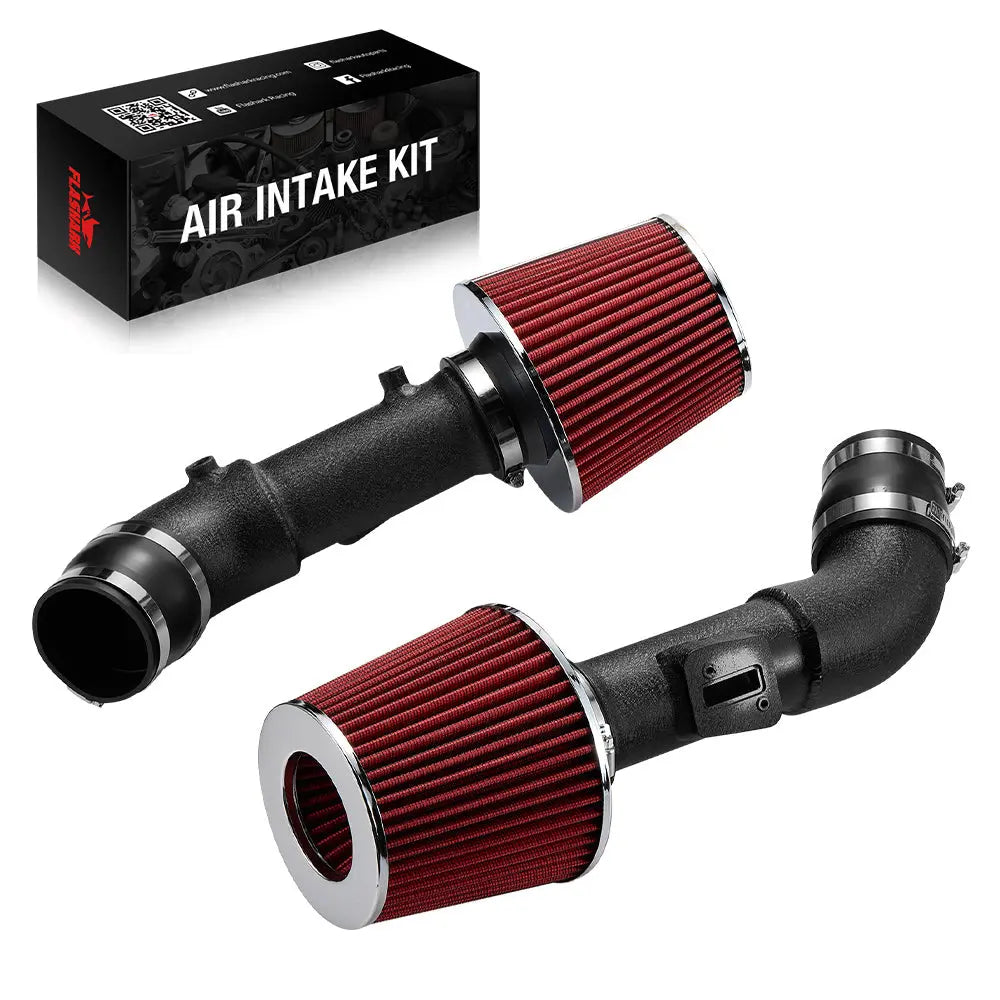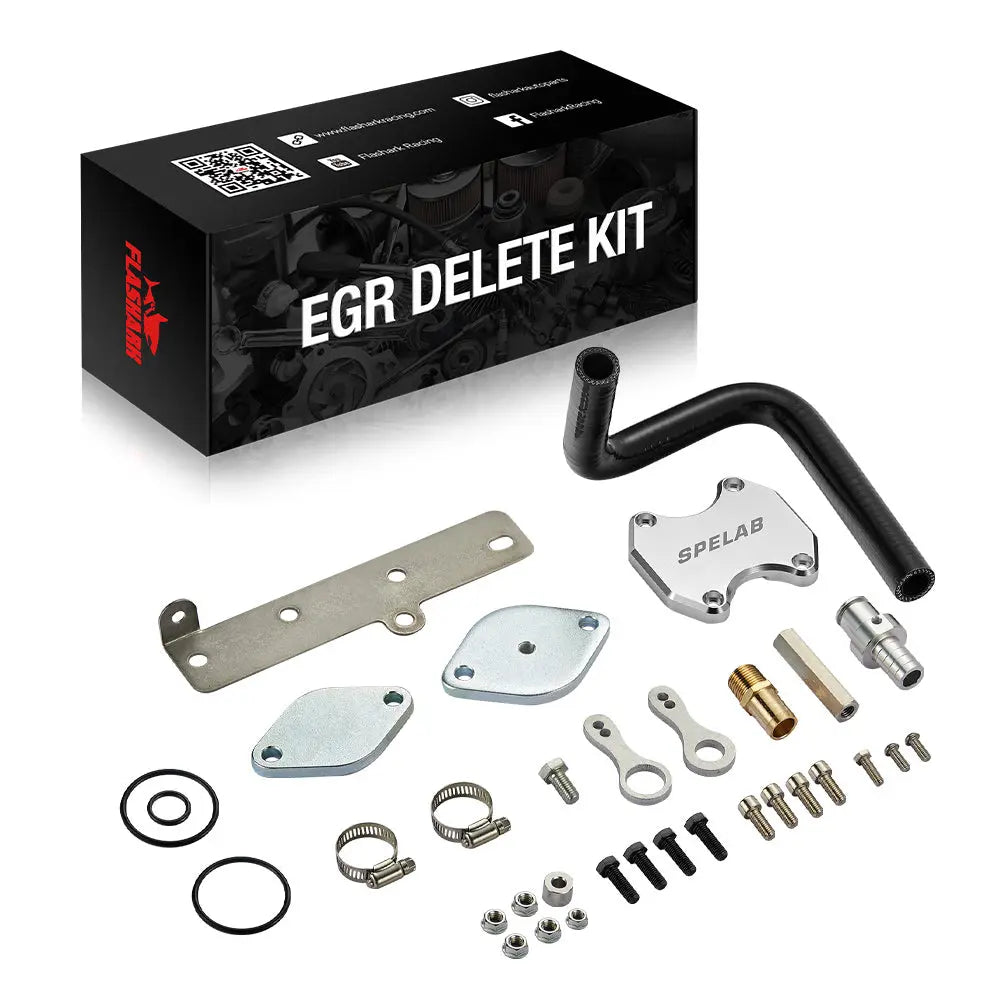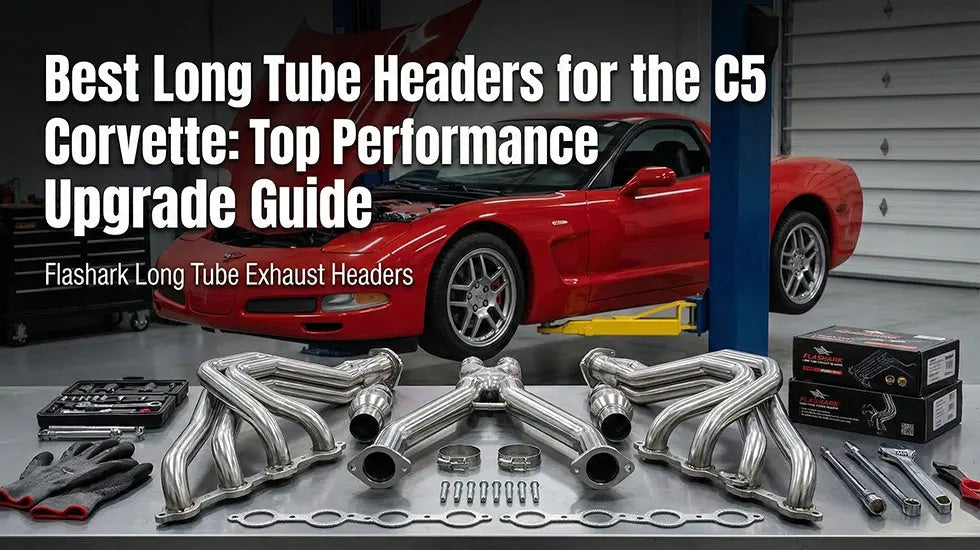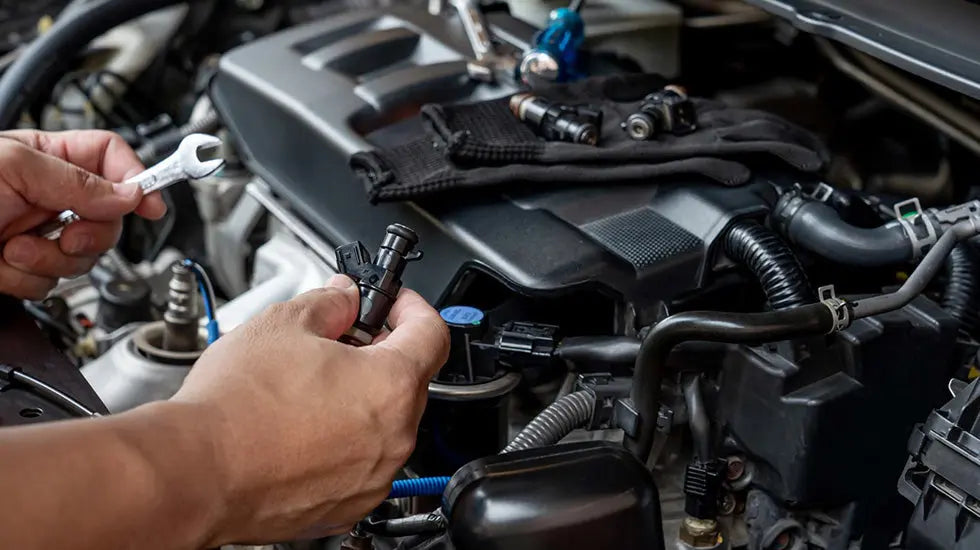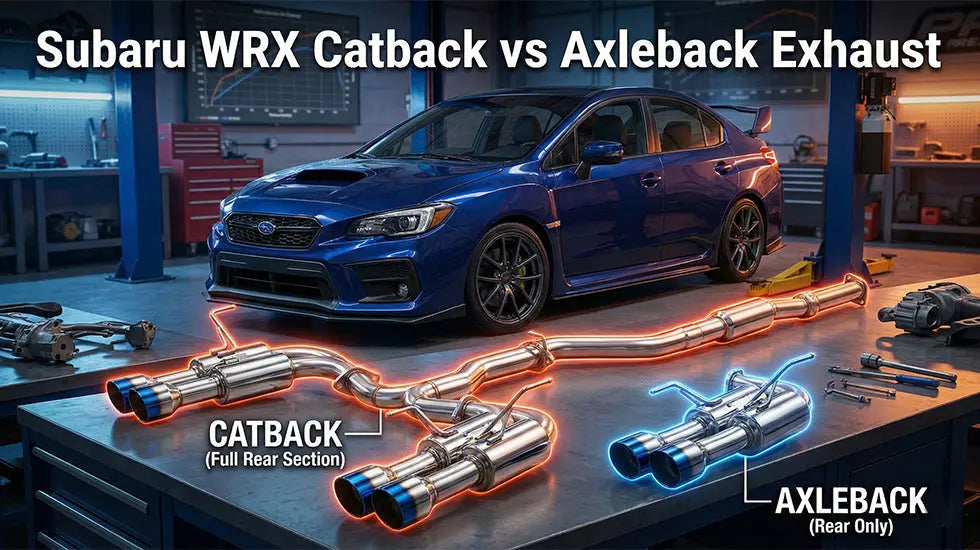If you're a car enthusiast looking to modify your vehicle's exhaust system, you're likely considering how to adjust the sound of your cat back exhaust. Whether you want to make your car louder for a more aggressive performance sound or quieter for a smoother, more compliant driving experience, the cat back exhaust system plays a pivotal role in determining the tone and volume of your vehicle. In this comprehensive guide, we'll explore how to adjust your cat back exhaust to achieve your desired sound and explain the various modifications available.
Understanding the Cat Back Exhaust System
Before diving into modifications, it's important to understand the cat back exhaust system itself. This system consists of all components from the catalytic converter back to the tailpipe. These parts include the intermediate pipe, resonator, muffler, and tailpipe.
The primary function of the cat back exhaust is to regulate the flow of exhaust gases and reduce the engine's noise while maintaining efficiency. It also plays a crucial role in modifying your car's sound. The components of the system—especially the muffler and resonator—have a significant impact on the volume and tone of the exhaust note.
In this guide, we’ll focus on how modifications to these parts can either increase or decrease the exhaust volume, depending on your preferences.

How to Make a Cat Back Exhaust Louder
If you're after a louder, more aggressive sound from your car, several modifications can help you achieve that. Below are the most common methods for making a cat back exhaust louder:
Replace the Muffler with a Performance Muffler
The muffler is the key component that dampens exhaust noise. Replacing it with a performance muffler is one of the easiest and most effective ways to increase sound volume. Performance mufflers, often made of stainless steel, are designed with less restrictive baffles, allowing exhaust gases to flow more freely, resulting in a deeper, more pronounced exhaust tone.
Shorten the Exhaust Pipes
Another method to increase sound is to shorten the exhaust pipes. The length of the exhaust pipe plays a significant role in determining the sound frequency. Shorter pipes can increase the volume by allowing exhaust gases to exit more quickly. However, this modification may also affect the overall performance, so it's important to balance sound volume with engine efficiency.
Install a High-Flow Tailpipe
A high-flow tailpipe can boost exhaust volume by reducing the restriction of exhaust gases. These tailpipes allow for better airflow, improving engine efficiency and producing a louder exhaust note. A larger diameter or a less restrictive design can amplify the car’s sound, making it more aggressive and sporty.
Remove the Mid-Muffler or Resonator
Some car owners opt to remove the mid-muffler or resonator entirely. These components are responsible for reducing certain frequencies of sound. By removing them, you allow the exhaust gases to pass through with fewer barriers, increasing the overall loudness of the car. However, keep in mind that this modification can result in a more harsh or raspy sound, which may not be to everyone’s taste.
Use a Larger Diameter Exhaust System
A larger diameter exhaust system allows gases to flow more freely, which can increase sound volume. If you're looking for more of a deep, throaty rumble, upgrading to a larger system will help. The larger pipes reduce exhaust backpressure and allow for quicker gas expulsion, which results in a louder exhaust note.
How to Make a Cat Back Exhaust Quieter
For those who prefer a quieter, less intrusive exhaust, several modifications can help reduce sound without compromising engine performance. Here are some popular ways to make your cat back exhaust quieter:
Replace the Muffler with a Quiet Muffler
The simplest way to reduce noise is by replacing your existing muffler with a quiet muffler or one that includes sound-dampening technology. Quiet mufflers are designed with internal baffles that absorb sound waves, leading to a softer exhaust note. This modification is particularly useful if you're trying to meet noise regulations or simply prefer a less aggressive sound.
Add Sound Dampening Materials
Another option is to add sound dampening materials to the exhaust system. Soundproofing materials can be inserted into the exhaust pipes or around the muffler. These materials absorb sound waves, reducing overall noise levels while still allowing for efficient exhaust flow. This solution works well for people who want to maintain good engine performance while minimizing noise.
Install a Resonator
A resonator is a component that helps fine-tune the exhaust note. It works by canceling out specific sound frequencies, effectively reducing the overall noise. If you're looking for a quieter sound but don't want to sacrifice performance, installing a resonator is an ideal solution. A resonator can work in combination with the muffler to make your exhaust system significantly quieter.
Use a Smaller Diameter Exhaust System
A smaller diameter exhaust system can reduce noise by restricting the flow of exhaust gases. While this may slightly affect the overall performance of the car, it results in a quieter exhaust note. The smaller pipes create more backpressure, which can suppress the loudness of the exhaust sound.
Install a Quiet Exhaust Tip
If you're not looking to make drastic changes but still want to quiet your car down a bit, consider installing a quiet exhaust tip. These tips help disperse exhaust gases in a more controlled manner, reducing the sound emitted from the tailpipe. They are easy to install and a great option for reducing noise without having to make major modifications.
How Exhaust Design Affects Sound Volume
Understanding how exhaust design influences sound volume is essential when considering modifications. Different exhaust designs can dramatically change the frequency and tone of your vehicle's exhaust note. Here's how design factors come into play:

Exhaust System Design and Sound Frequency
The design of your exhaust system—whether it's an X-pipe, H-pipe, or standard system—affects the frequency and harmonics of the exhaust sound. An X-pipe, for example, creates a smoother, higher-pitched exhaust note by connecting the left and right pipes. This is often preferred for cars that need a balanced and refined sound. On the other hand, an H-pipe tends to create a deeper, rumbling sound, which is often favored in muscle cars.
Exhaust Backpressure and Sound Volume
Backpressure is a term used to describe the resistance that exhaust gases encounter when exiting the engine. Proper backpressure is essential for engine performance, but too much backpressure can also reduce sound volume. If your goal is to make the exhaust louder, reducing excessive backpressure by using larger pipes or a performance muffler can increase sound volume.
Airflow Speed and Sound Changes
The speed of airflow through the exhaust system also affects the sound produced. Faster airflow typically results in a sharper, more aggressive sound, while slower airflow creates a deeper, more mellow tone. By optimizing the speed of airflow through adjustments to the exhaust system, you can fine-tune your exhaust’s volume and tone.
Considerations for Achieving the Perfect Sound Balance
While louder exhaust sounds can be thrilling, it's essential to strike the right balance between performance, sound, and legal requirements. Here are some important factors to consider:
Balancing Volume and Performance
When increasing your exhaust volume, it's crucial to ensure that you don’t sacrifice performance. For instance, while a larger diameter exhaust system will increase volume, it can also reduce backpressure, which may negatively impact low-end torque. It’s essential to choose modifications that both enhance sound and optimize engine performance.
Legal Regulations
Depending on where you live, there may be legal limits on the noise level your vehicle can produce. Many regions have strict noise regulations that enforce maximum decibel limits. Before making any significant changes to your exhaust system, check your local laws to ensure that you’re not in violation of noise ordinances.
Personal Preference vs. Public Noise Impact
While you may want a loud, aggressive exhaust, it’s important to consider the impact on the environment and those around you. A highly audible car can be disruptive to your neighborhood and may attract unwanted attention from law enforcement. If you’re modifying your exhaust for street use, it’s important to find a balance between personal preference and public noise impact.
Conclusion
Whether you want to make your cat back exhaust louder for a sportier sound or quieter for a more subdued experience, there are various modifications available to suit your needs. By understanding how different components and design changes influence sound volume, you can make an informed decision about how to modify your vehicle. Always consider the balance between sound, performance, legal regulations, and your personal preferences to achieve the best possible exhaust sound for your car.

